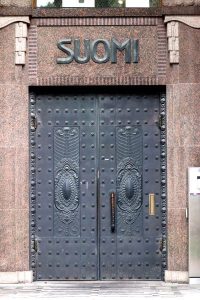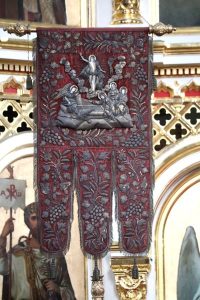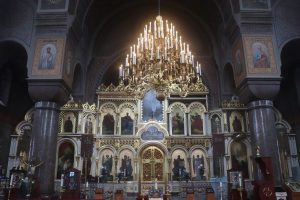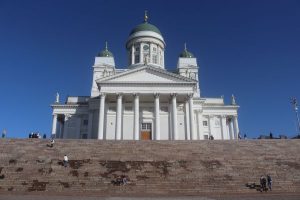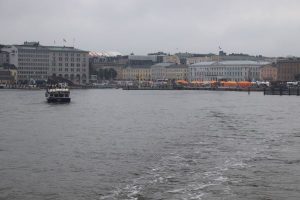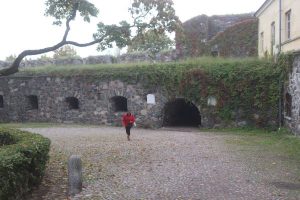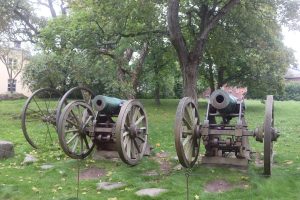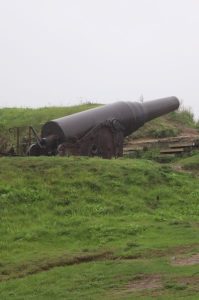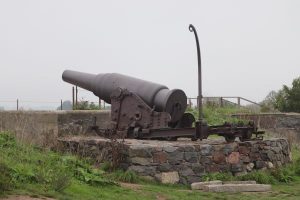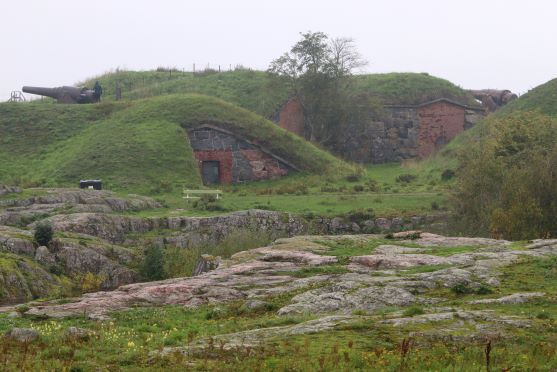For most of its history, Finland was dominated by its neighbours. In the 12th Century the Swedes invaded Finland, in part out of religious considerations: the earliest Christian influences came from the east, and can be found back in Russian Orthodox burials. The Swedes, staunch Roman Catholics, considered their first incursions as crusades, in 1157 and later again, in 1249. Early Danish claims on Finland were revoked by the Swedes, but under the Danish Queen Margaret the Kalmar Union was established, in 1397. This was the first, and the last, time that Scandinavia – Denmark, Norway, Sweden and the Swedish province Finland – operated together, as a front against the German kings. In reality the concept of union remained a tentative one, due to frequent warfare between Danes and Swedes, as well as internal power struggles in Sweden, and it was abolished altogether again in 1523, blown up by the Swedish nobility, and the later King Gustav.
Finland suffered badly in those days, not only from heavy taxation by the Swedish nobility, but also from the first Russian incursions, in 1495, when the Grand Duchy of Muscovy, precursor of the Russian Empire, engaged the Swedes, on Finnish territory. After another Russo-Swedish War of 1590-1595 the peasants of Finland revolted against Swedish exploitation in 1596, in which became known as the Club War, the peasants not having anything else as weapons. And thus the peasants lost, Sweden remained in control.
The first serious Russian conquering of Finland occurred in 1714. After a few more struggles backwards and forth, Sweden finally ceded all of Finland to Russia in 1809, after which Finland became a fairly autonomous nation within the Russian Empire, amongst others being able to maintain their Lutheran religion (the reformation in the 1550s had taken over from the Catholics, lock, stock and barrel).
It took a little over another century before Finland became an independent country, by the Finnish parliament issuing a declaration of independence in 1918, in the aftermath of the Bolshevik revolution. And Finland managed to stay outside the subsequent Soviet domination, by fighting two wars with the Soviet Union as part of the Second World War, the Winter War in 1939-1940 and again in the Continuation War in 1941-1944, as an ally of Nazi Germany. As a result of the wars Finland had to concede Karelia and a few other territories to the Soviet Union. But it somehow avoided the fate of many East European countries, and managed to remain a free, and vibrant, democracy.
The traces of Swedish and Russian military activity are plentiful in Finland, which is dotted with huge fortifications from one end the country to the other. Helsinki has Suomenlinna, now a UNESCO World Heritage site, located on an island offshore, or more specifically, six small islands connected. Initially built by the Swedes in 1748 as a fortress to defend against the Russians, the Russians later took over, and added to the construction with barracks and other buildings. Upon independence the fortress became Finnish, and after WWII it lost its military significance. Today it is a pleasant area of picknick grounds, crumbling walls and remains of fortifications – even with the occasional guns exposed. And provides for a nice outing for a couple of hours, reached by small ferry or with the water taxi. But architectonically, a stark contrast it is, with Helsinki’s designer past and present.
Halfway our island outing it started raining, and it didn’t stop anymore that day. Actually, it got wetter by the hour. Those are the moments that Helsinki is a little less fabulous city. But we don’t complain!
Next: Turku
